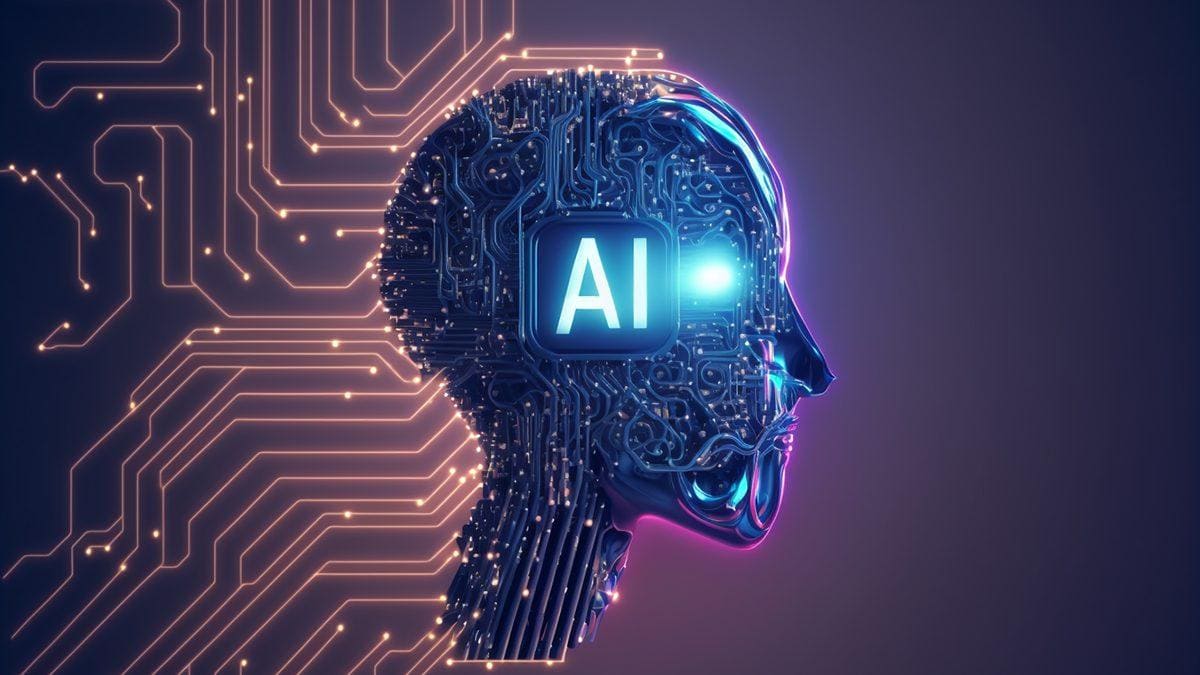
Developing AI literacy within an organization requires a strategic approach. We identify three core methods, each with distinct advantages for fostering understanding and practical application:
When assessing the efficacy of AI literacy initiatives, consider these critical factors:
Formal training builds profound theoretical understanding of AI, covering algorithms, data science, and ethical frameworks. While comprehensive, direct practical application often requires additional hands-on experience. Some programs integrate projects, but bridging theory to real-world deployment for immediate utility is a key consideration.
Scalability for formal training varies; large-scale deployment is resource-intensive. Online options improve accessibility but may lack personalized support. Curricula updates can be slow, challenging rapid AI advancements. Organizations must regularly review programs to maintain relevance and mitigate risks of outdated content.
Experiential learning through projects and simulations excels in practical application readiness. Individuals directly engage with AI tools, solving problems and building confidence for real-world scenarios. This hands-on approach offers immediate utility, though it might provide less theoretical depth compared to structured courses.
Scalability for experiential learning is challenging; designing projects for a large workforce requires significant coordination, specialized environments, and mentorship. It is resource-intensive per participant. Yet, it is highly adaptable to evolving AI, as projects can be quickly updated to incorporate new technologies, fostering continuous learning.
Continuous self-learning offers immense flexibility for deep specialization, depending on individual drive. Practical readiness is built through self-directed projects and experimentation. However, learning quality can vary without structured guidance, demanding strong self-discipline and the ability to discern credible information. 
This approach boasts high scalability and accessibility, with resources often available online at minimal direct investment. Learners set their pace, choosing relevant topics. Its adaptability to evolving AI is exceptional, allowing instant access to new research and tools. The main challenge is sustaining engagement and self-motivation.
For establishing a strong, consistent foundational understanding of AI across a broad employee base, a structured approach combining formal training with initial hands-on exercises is effective. This ensures everyone grasps core concepts and ethical implications. Boomsoftnomi often recommends tailored internal workshops for this purpose.
When the primary goal is to develop immediate, applicable AI skills for specific roles, prioritize experiential learning. Implementing hackathons or project-based initiatives allows teams to directly apply knowledge and solve real problems, accelerating skill acquisition and tool proficiency.
To cultivate continuous growth and adaptability in the rapidly changing AI landscape, fostering self-directed learning is paramount. Encourage access to curated online resources, internal knowledge-sharing, and communities. This empowers specialization and keeps the workforce agile.
Ultimately, the most robust strategy involves a blended approach. Begin with foundational formal training, transition to practical experiential learning, and then embed a culture of continuous self-learning. This holistic model ensures depth, practical application, and adaptability, aligning with the dynamic nature of AI development.
Comments
Lance Poirier
This article provides a very clear overview of different AI literacy strategies. The breakdown by criteria is particularly helpful for strategic planning.
Olivia Masson
I found the emphasis on continuous self-learning interesting, though its effectiveness heavily relies on individual motivation and the availability of quality resources.
Natalie Moreau
Thank you for your valuable feedback! We aimed for clarity and practical insights to assist organizations in their AI journey and decision-making.
Rudy Girouard
Indeed, individual motivation is key for self-learning. Organizations can significantly support this with curated resources and by fostering internal communities of practice.